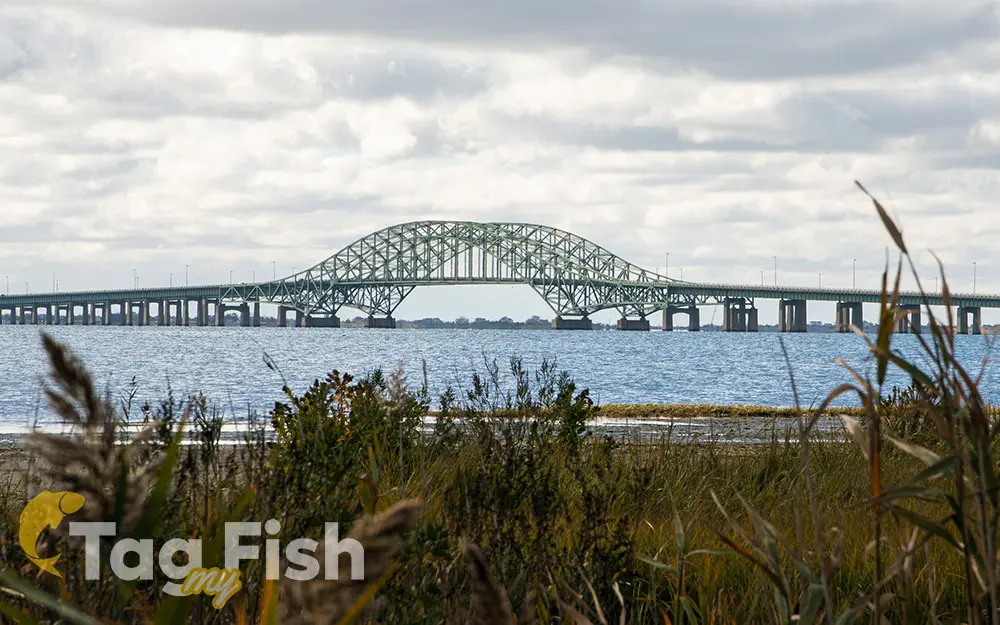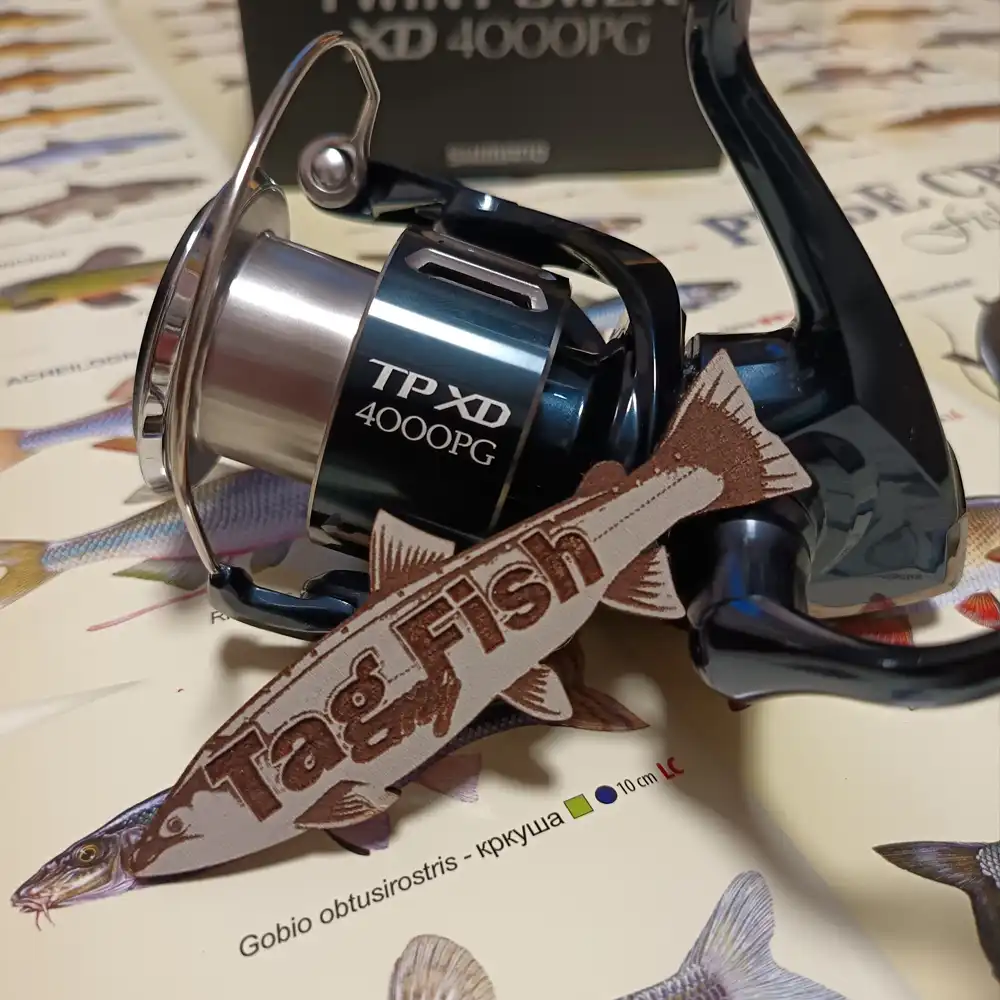Great South Bay (Long Island)

General data
- Name: Great South Bay (Long Island)
- Water system: Atlantic Ocean
- Water type: Bay
- Progression: Atlantic Ocean -> Planet Earth
- Climates: Temperate
- Continents: North America
- Countries: United States of America
The Great South Bay is a lagoon situated between Long Island and Fire Island, in the State of New York. It is about 72 km long and has an average depth of 1.3 m and is 6.1 m at its deepest. It is protected from the Atlantic Ocean by Fire Island, a barrier island, as well as the eastern end of Jones Beach Island and Captree Island. The bay is accessible from the ocean through Fire Island Inlet, which lies between the western tip of Fire Island and the eastern tip of Jones Beach Island. The bay adjoins South Oyster Bay on its western end, and Patchogue and Moriches bays at the east end.


